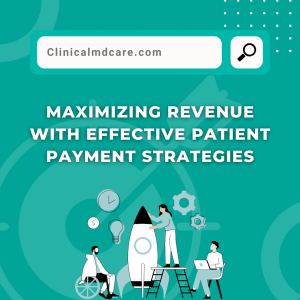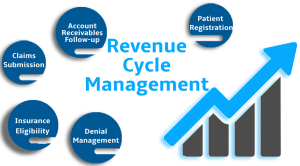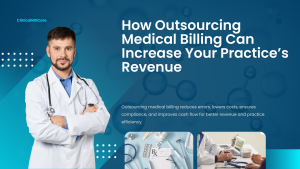Reviews and Ratings are important to increasing and preserving medical practice, particularly for
doctors and medical practices. These not only upsurge your reliability and consistency in the eyes of
potential patients but also expand your search engine rankings.
Google factors in your Google My Business reviews, Yelp reviews, and other third party reviews in their
rankings process. For these explanations, it’s imperative to study how to get the most out of your
positive reviews in a principled manner. Here are five important steps to increasing patient reviews and
ratings.
1. Request Patients Following the Appointment
The more particular the review request, the more likely you are to prosper. For this reason, it’s healthier
to have the attending physician ask, rather than the person at the front desk.
Remember, Timing is also an enormous factor; if you ask the patient right after they had a great
appointment; they will be more likely to decide.
Lastly, reflect how you ask the question. You should primarily ask your patient “for a favor” instead of
“for a review,” since it sounds more personal. Then, ask them to leave a review later at the same day.
Describe how your practice can profit from a review, and tell them that you can email them a link to the
review site for their accessibility. Finally, tell the patient that you “look forward to reading their
feedback tonight” to set a target deadline.
2. Go Add a Link on your Website
Your website should be a huge driver of new patients to your practice, but many of the people on your
site are also persistent patients, looking to book another appointment. You can take benefit of this by
adding a link to write a review on your website. Probabilities are if a patient is returning for another
appointment, they were pleased with their first appointment and are more likely to write a constructive
review. This process is also a 100% hands off and easy strategy to getting more patient reviews, so
there’s no time unused if it isn’t fruitful.
3. Start to Email your Patients
Additional method to ask for a review is through email. Sending email is most current if used in union
with asking in person; this way, the email serves as a suitable reminder instead of the initial request.
Bonus Tip : Search your practice on Google, click “write a review”, and then add “,5” to the end of the
URL. Copy the URL to send to your patients. This link pre-fills the Google review with 5/5 stars, so all
your patients have to do is enter a comment.
You may reduce this URL using bit.ly, ow.ly, or goo.gl to get a nice, short link to email to patients. This
method does not stop patients from changing the star rating, but they will likely keep it as is.
If most of your patients aren’t opening your emails, you can also try this trick from – all you have to do is
end the exact same email with a diverse subject line to your non-opens a week later. Most email
services, such as MailChimp, will permit you to precisely target patients who did not open the email.
4. Utilize a Review Service/App
You can also take benefit of a review service like Doctor.com or Starloop to get more reviews for your
practice. Starloop has an motivating concept, where patients who had a constructive experience are
encouraged to write a review while patients who had a bad experience are encouraged to privately
contact your office to resolve the issue.
5. Start to Offer Perks/Incentives
This last tip, which works alongside all of the above means, is to offer perks! Keep in mind that you
cannot bargain anything in exchange for a positive review since this is a bad practice. However, you can
offer incentives for a truthful review. For instance, you can hold a bargain where patients enter by
leaving an honest review; dentists can raffle off an electric toothbrush or teeth whitening kit. You can
also offer a coupon for patients who check in on Yelp, and advertise this with a sign in your waiting
room.
No matter the approach you choose to follow, getting more reviews and ratings(and managing negative
reviews) is vital for improving your online presence. If you need help getting more reviews or marketing
your practice, contact Webby Desk today! We are a full-service digital marketing agency, absorbed
exclusively on connecting health care providers with potential patients in their communities. Let us fill
your waiting room with patients!












